Lupin has been a tremendous success for Netflix. The series, which is loosely based on the novels of Maurice Leblanc, has managed to cross demographics and language barriers by striking a perfect balance of action, adventure, social commentary, and some old fashioned derring-do. It has made Omar Sy a household name across the world. It has made the name Arsene Lupin be mentioned in the same breath as Sherlock Holmes and James Bond.
In this Goggler exclusive, we sat down with series creator George Kay for an extended interview about the ins and outs of crafting a global hit.
Umapagan Ampikaipakan: Hey George, it’s an absolute pleasure. Thank you so much for doing this. Lupin is, in a word, satisfying. It is probably one of the most satisfying things I have seen all year. I absolutely love it. Am I right in thinking that the reason they split the series into two parts was because of COVID and post-production schedules? Or was it always part of the plan?
George Kay: So the answer is somewhere in between. It was a factor because as we were nearing the end of Part 1, we knew that COVID was coming. And so, if you look at the train sequence at the end of Part 1, that was filmed in the last few weeks before we sort of stopped. We had a little break for COVID. And it was becoming a challenge. We managed to achieve that train sequence really well, I think, in terms of production. But it was becoming harder and harder to do it under COVID conditions. Which is why there was a little bit of a break.
But also, as we were developing it, we got a sense that we might drop it in two halves. We were well within the writing period so we could then start to sort of shape the story towards that. So it’s not like someone got a cleaver and just chopped the show in two. We were building towards an ending. We’re building towards kind of closing off certain things and opening up certain other things.
UA: Which changes the way an audience receives the show and reacts to it. Because you’ve had these six months to see how it has impacted a global audience. What was that like? Given that your show has a much longer shelf life than a typical binge watch.
GK: What’s interesting is that you start to kind of learn lessons. So even though we look at this show in the longer form moving forward, we got more of a kind of lead into audience reactions on things that were working, and things we wanted to use, and how can we move forward. Especially in terms of what are people responding to?
So that’s been a great learning curve for us as well. Breaking Lupin into two parts feels really good and it feels like the right rhythm for a show that has many genres within it. You’re kind of watching five, mini, self-contained episodes. They’re like five mini movies. So it doesn’t feel like you need to have 20 of those, or 13 of those, or whatever a conventional season is. It’s a rich brew of coffee. That’s a terrible analogy, but you know what I mean? It’s slightly more subtle. It’s a fuller meal. And I think having the show in parts has become the show’s style and the way to go forward.

UA: What was your first encounter with Lupin? What was his appeal to you?
GK: Well, my first encounter with the whole entity of Lupin came at the same time as my first encounter with Omar. So Netflix wanted to do a show about Lupin, whatever that might be, with Omar playing the character. But they didn’t quite have a take on it. So I came on board at the point of Omar being attached to the IP. So I was really considering both of those cultural forces and trying to work out how we match them up. Something from French history that’s much loved and how to put that together with someone who’s very modern, a symbol of modern France, and much loved.
And I recognized these characters from British literature. In the U.K. we have Sherlock Holmes. I grew up liking Tintin. We know about Raffles, Scarlet Pimpernel, and their adventures. So even though I didn’t know Maurice LeBlanc’s books, I recognized where he sat in that landscape. And so I was able to kind of pull out the things I loved most about those books, and those stories, and those tricks, and apply it through a modern “Omar filter.”
UA: We wrote a review of Part 1 back on the site in January, and we called it a “masterclass in adapting a classic piece of work.” Very much because of what you just said. By taking classic tropes and applying a modern filter to them. So take Assane’s origins, and the implicit and explicit racism he faces throughout the series, talk to me about how you struck the right balance between messaging and fun.
GK: “Fun” is the main word for this show. We want to make it a fun family show. And so fun has to be the kind of abiding sort of tone. And what’s good about that is that you can then start to smuggle in other points about society and social observations underneath the fun.
As a British citizen coming to France, you can look at a society, and you can look at it from the outside. You can see things that perhaps people have become complacent to in a certain country and you can start to write about those.
But at the same time, when adapting Lupin, I didn’t want to rely on an incredible disguise at every juncture. We have a man, a strong black lead character, who’s not Arsene Lupin. He’s Assane Diop, and he’s got to break his way into certain places and certain establishments in Paris, and how’s he going to do that? Well, there’s more than just physical disguises you can use. You can use social blind spots. And he can use status, or lack of status, as a kind of weapon against those who are snobbish or upper-class.
UA: And it doesn’t feel like that would work because Omar is such an imposing presence. It feels like he would command any room he walked into.
GK: I was talking to Omar the other day about working on walks, and physicality, because he can walk into the front of the Louvre and be seven feet tall, but when he’s working downstairs he’s more hunched. He plays an IT guy in Episode 3. He plays a kind of a newspaper source in Episode 4. These are very physically diminutive performances. And he’s using that physicality. We noticed the guy who walks with his shoulders back and his head up. We don’t maybe notice the guy that scuttles past because he’s not as confident in life. And so he’s using that as a way to disguise himself as much as he does with garments and wigs and stuff like that.
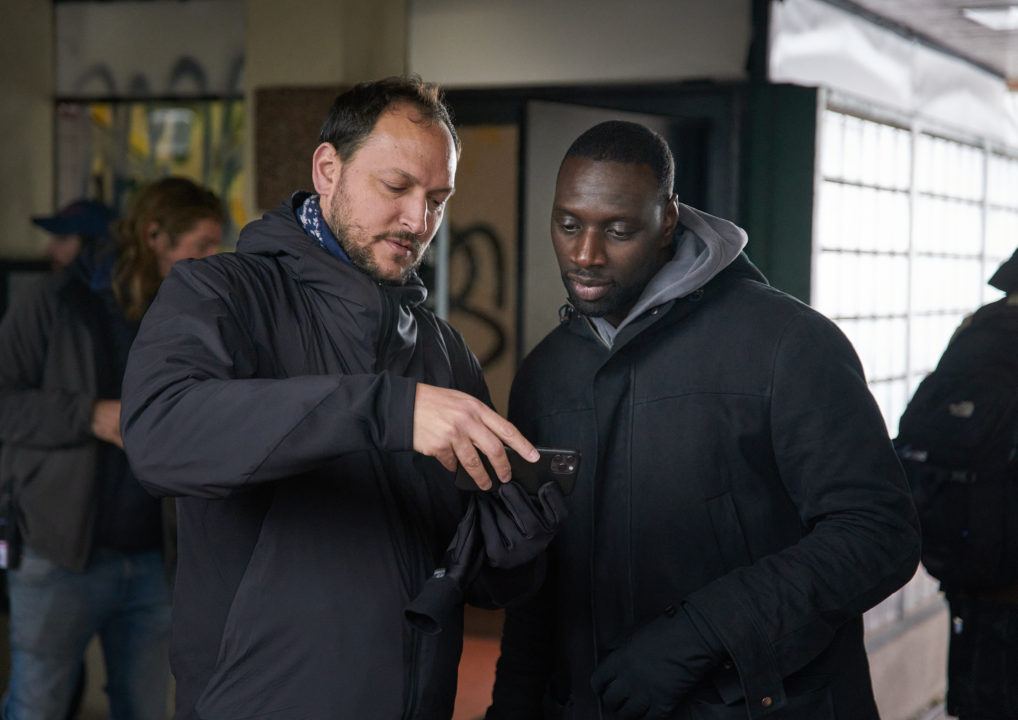
UA: In popular culture, the character of Lupin has been manifested across the decades in many, many ways. You’ve got the primary source, obviously, but on the other end of the spectrum, you’ve also got the character in anime – most notably Miyazaki’s take – and also across a variety of movies and TV shows from across the world – Canada, Austria, Mexico. I’m curious as to where you wanted to place your version of the character.
GK: I wanted to place him at the heart of the story world. So I wanted Arsene Lupin to sit as a character in books within the story of our show. So it’s actually Omar’s portrayal of Assane Diop as a reflection of all the stuff that comes out of those books. And so I wanted to centre it in Paris, and in France, and in the background of the character of Assane Diop. I wanted to mix the high end establishment Paris that we talked about just now with the suburbs, and the kind of poor backgrounds, and the places of Paris you never get to see in a traditional drama about Arsene Lupin.
UA: Has the show’s explosion in popularity affected your writing process, or the story you’ve wanted to tell?
GK: We are learning lessons. But it’s really important that we don’t listen too much. We have to stick to our guns and we have to remember why we started this show in the first place, and the story we wanted to tell. So if we’re good, and we can keep focused, we should keep going along the same road, because because anything else would be a distraction, really.
When a show is as successful as this one, the expectations go up. So in order for a character that’s going to steal from the Louvre in his first episode to remain interesting, we need to keep on building the clever nature of his ideas. It doesn’t always have to be the biggest scale, but we need to have a really good conveyor belt of tricks and surprises. And you can only use certain structures of episodes to kind of fool the audience once. So it’s always going to be an ongoing test as to how to come up with an idea that the audience don’t quite see, or letting the audience in on something so that they can feel what the twist is going to be without fully understanding it. Playing with that grammar’s good. The pressure builds, but also the opportunities.
UA: I was going just going to say, you guys blow your third act season finale in your first episode. because you kind of blew your third act season finale in your first episode. Most shows would save a massive Louvre heist for their big climax.
GK: I think what’s cool about that is that it isn’t really his thing. He can rob the Louvre on a Monday, or a Tuesday, or a Wednesday. That’s not his story. These crimes on an international scale are just his subplot. His main plot is revenge and being a good dad.
UA: And I think that is the key to why the show was so satisfying. A lot of TV makes the mistake of dragging out a small little plot point for five seasons, at which point it becomes incredibly frustrating and tedious to the audience.
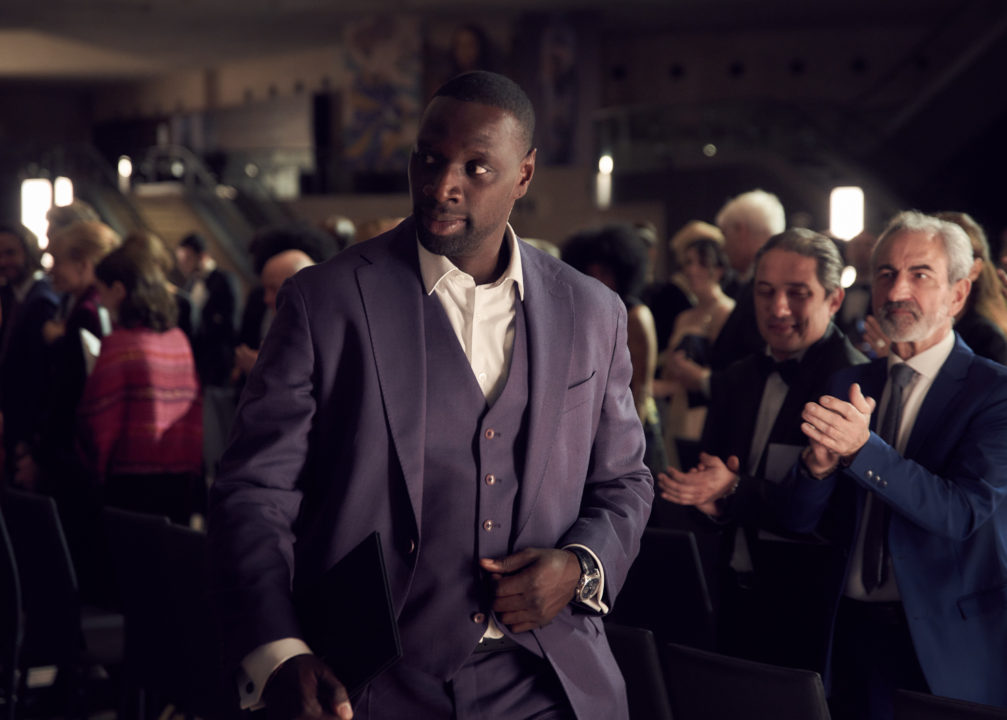
UA: Before I let you go, I wanted to ask you about the use of flashbacks. God knows they can be something of a crutch. But in Lupin, I found myself really engage with the tone of the story in those flashbacks. They were distinct yet relevant.
GK: What’s really helpful in terms of writing flashbacks, and I suppose it’s why the device is used everywhere, is that you’re constantly reinforcing the story of the present. With Lupin, we’re constantly teeing up some of the answers as to why you’re watching the hero you’re watching in the present day, and why he’s being like that.
So it’s a kind origin story that’s brewing at the same time as the present tense story. It’s about how we are as boys, and who we become as men, and where those differences lie become a kind of nice, gentle friction that we can keep playing along with.
And the more we go on, the more I want those flashback stories to have arcs of their own, have characters crossing over, and more. We talk about the back stories impacting the present day story in an episode, but I kind of want the reverse to happen too. Especially when it comes to a lack of confidence in the future. I always think a 12 year old boy will climb a tree right to the top while a 32 year old man will think twice. And so we don’t always get better with age. The truth is somewhere in the middle. And that’s what I like as the contrast of the flashbacks with the present tense stuff.


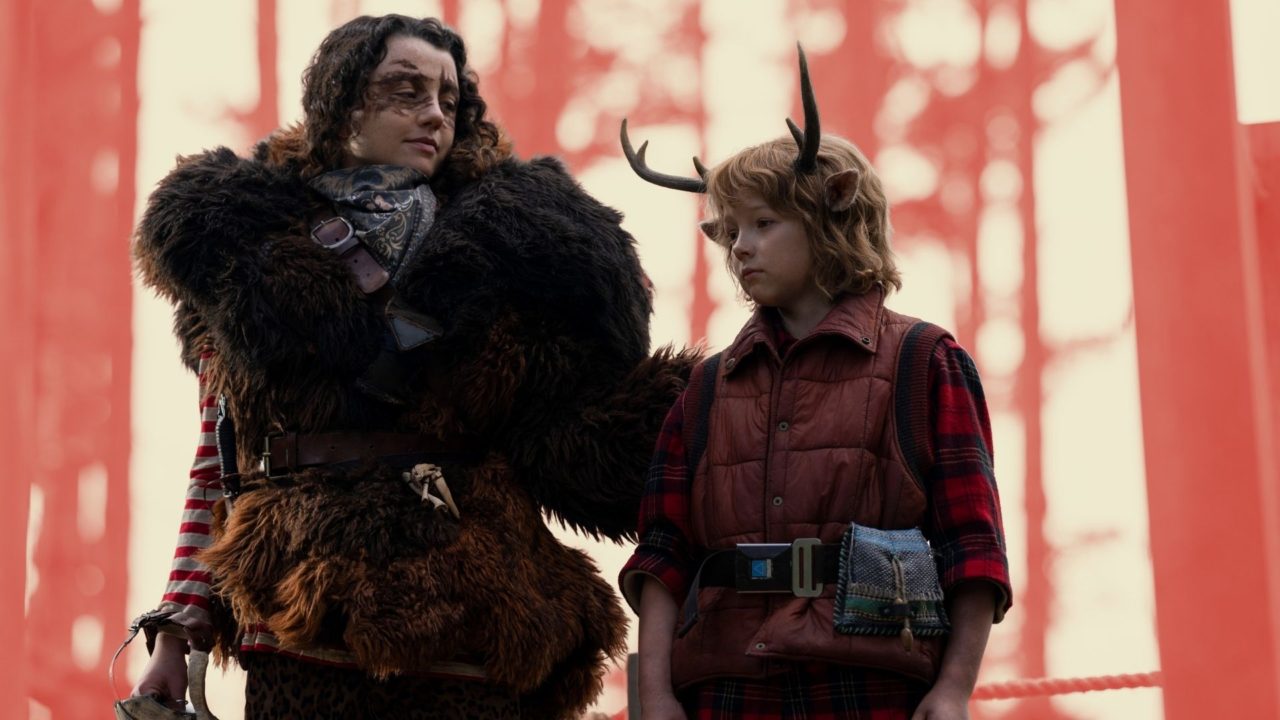


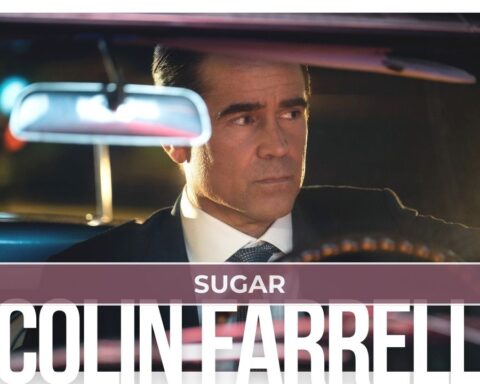
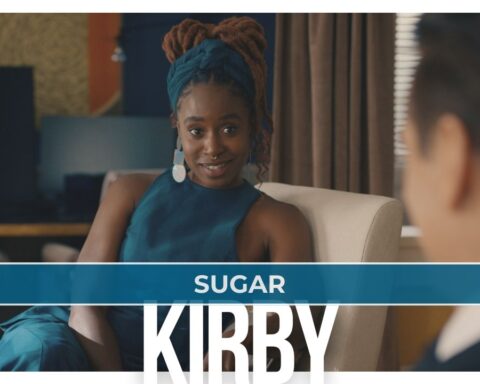
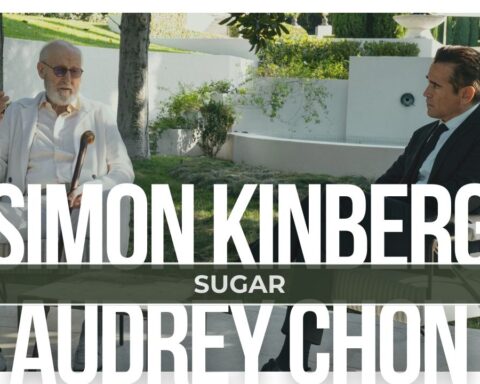
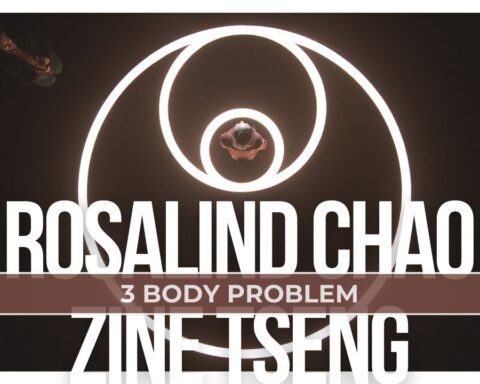
Follow Us